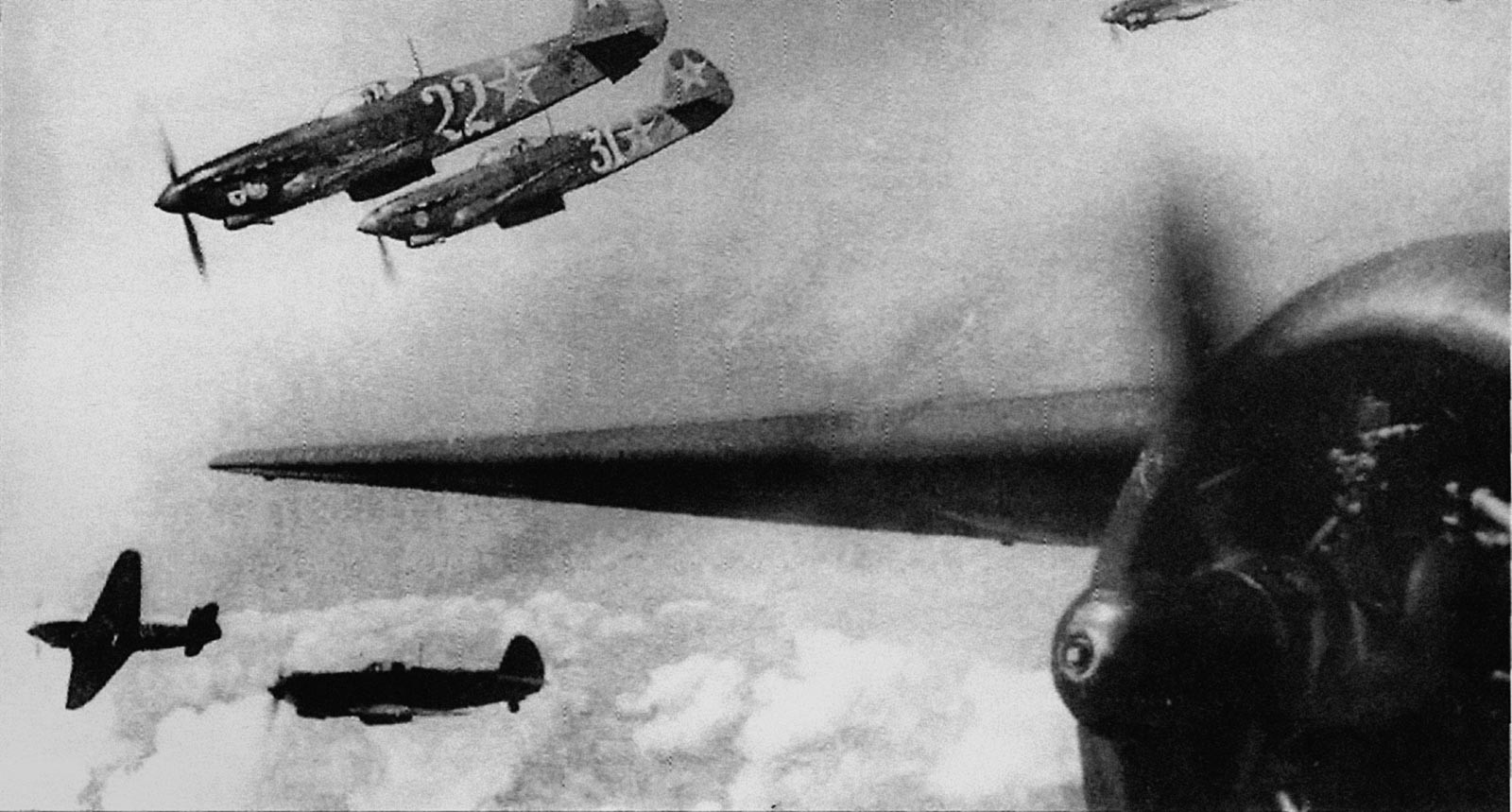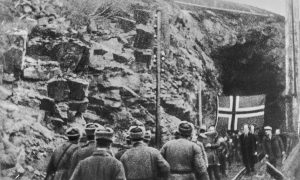Air battle over Nis – a clash of American and Soviet Aircraft over Nis on November 7, 1944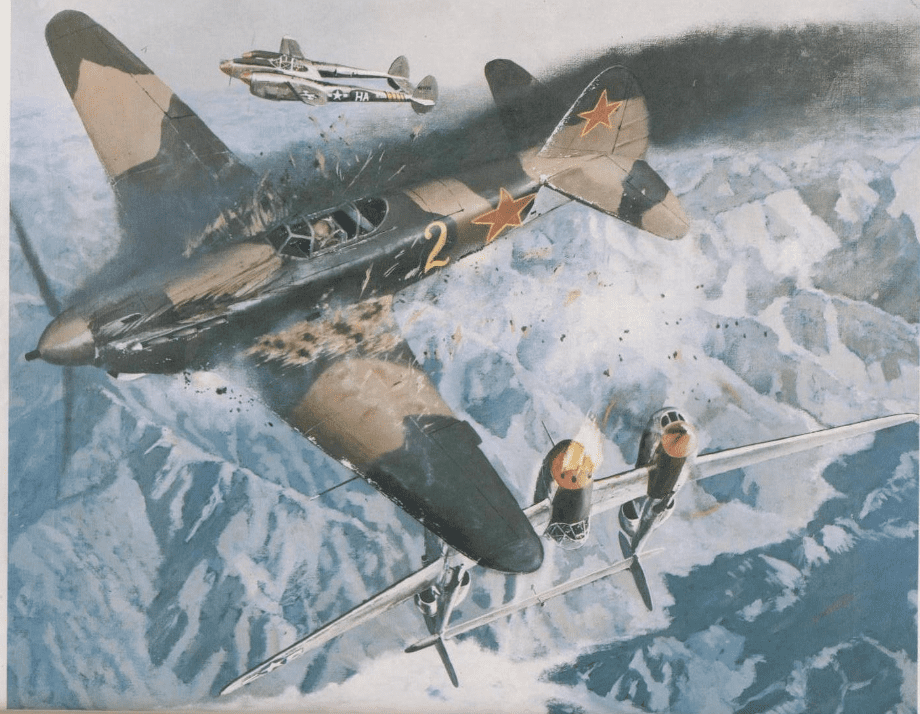
P38 Vs Yak9 Airbattle
Nis Battle Background
One of several dozen documented episodes of World War II, classified as friendly fire. American troops mistakenly attacked a Soviet transport convoy, killing 34 soldiers and officers (according to a report by the Deputy Chief of the Red Army General Staff, General Alexei Antonov). During a retaliatory air attack, Soviet pilots led by Alexander Koldunov shot down from 2 to 7 enemy aircraft. The leadership of the United States and the USSR decided not to make the incident public, and the command of the US Army apologized to the Soviet troops for the oversight.
Active military cooperation was conducted between the USSR and the USA during the Second World War. However, there were tragic incidents due to individual errors of pilots who mistook the troops of their allies for German ones. Among such incidents is an air raid on a Soviet column of troops in Nis, which occurred on November 7, 1944.
The Nis battle
The 15th Air Army (USA) in November 1944 provided air assistance to the Soviet group of troops. Colonel Clarence Theodore Edvinson at the head of the 82nd Fighter Air Group, based in the Italian Foggia, performed this task several times and on November 7, 1944 flew once again to help the Soviet troops. Unfortunately, at the Foggia airfield they did not receive a timely message that the Soviet troops had advanced 100 kilometers, and for this reason, Edvinson, seeing the Soviet troops, mistook them for the Germans and ordered to attack.
American attack
At 12:40, Soviet units of the 6th Guards Rifle Corps were walking along the Nish-Aleksinac-Deligrad-Royan road when Lockheed P-38 Lightning reconnaissance aircraft appeared above them (according to the Yugoslav military, these aircraft served as cover for the North American B- 25 Mitchell flying nearby). Soviet troops were preparing to celebrate the anniversary of the October Revolution, on the occasion of which, according to some accounts, they were accompanied by an orchestra.
The Americans, despite the fact that the command of the US Mediterranean Air Force already knew that there were no German troops near Nis, mistakenly mistook Soviet soldiers for German soldiers and opened heavy fire, starting shelling from cannons, machine guns, attacking with rockets and bombs. As a result of the air raid, 34 people were killed, including the commander of the 6th Guards Rifle Corps of the Guard, Lieutenant General Kotov. 39 people were injured, and 20 trucks with cargo were burned.
The Soviet troops initially decided that they were being attacked by German reconnaissance aircraft Fw-189, similar in shape to the American P-38 Lightning, but then they saw white stars on the planes, and not German crosses at all. Waving banners, the Soviet soldiers tried to convince the Americans that they were firing at them by mistake, but the pilots did not notice or did not want to notice the signs from the ground. Soviet aviation was raised into the air on alarm.
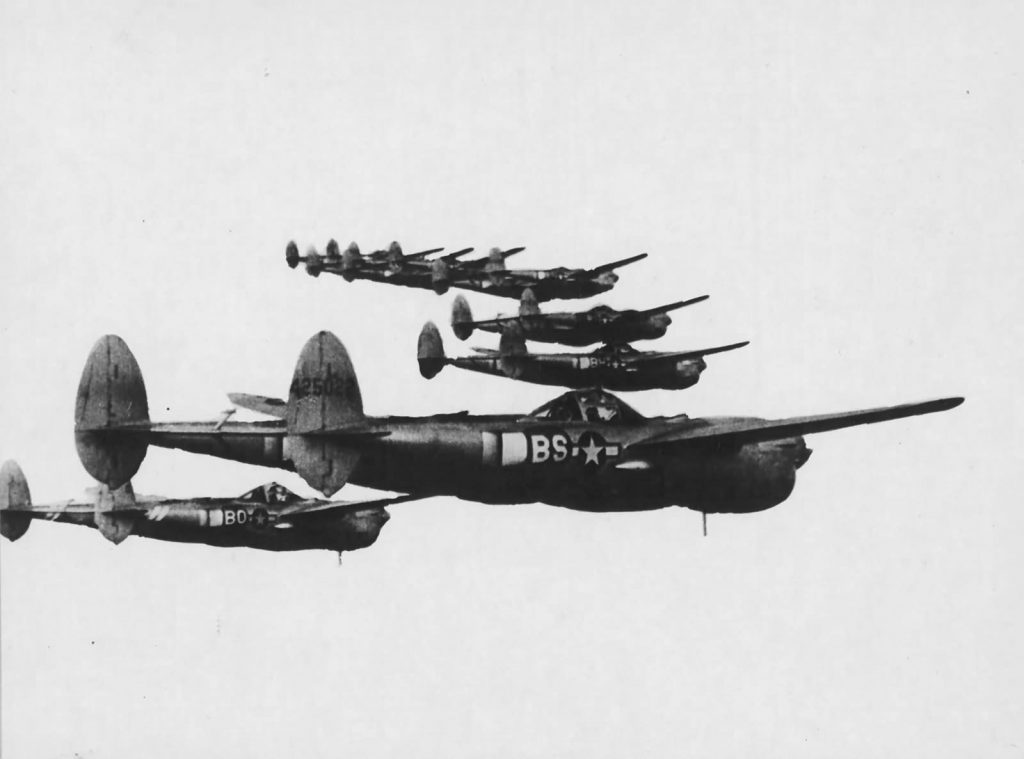
P38 Formation
The Soviet troops were confused, because they did not expect the appearance of the Germans near Nis, moreover, the massive appearance of the Fw-189 was unexpected, since the Germans physically could not send so many vehicles into battle. Not immediately did the Soviet troops realize that the Americans were firing on them by mistake.
The first alarming sounds were heard by the soldiers of the 707th assault aviation regiment (the future Hero of the Soviet Union Nikolai Shmelev was also a witness), who listened to the speech of the deputy commander for political training, Lieutenant Colonel Sivud. On alarm, the 866th IAP was raised into battle, and the air defense forces also began shelling from the Nis airfield. The anti-aircraft gunners managed to shoot down one American plane, which crashed a kilometer north of the airfield.
At 13:00, the Yak-9 and Yak-3 aircraft from the 866th IAP took off into the air and headed towards the Americans. Deputy regiment commander Dmitry Syrtsov gave orders not to attack the Americans, but to convince them to leave their positions, but after one of the Yaks was shot down, Soviet aircraft entered the battle with the Americans. Having removed the landing gear, the fighters picked up maximum speed near the ground and climbed up like a candle. The first attack shot down two American planes, and soon the plane of ace Alexander Koldunov arrived in time to help the flight.. The Americans, dropping bombs, tried to defend themselves, but after intensified attacks they headed towards Nis. On the way, one of the Soviet aircraft shot down the third Lightning with fire from a 37-mm cannon, but was hit by a machine gun from another aircraft.
Only when Senior Lieutenant Surnev N.G. flew up to the leading Lightning and explained to the pilot of that plane with gestures that they were Soviet soldiers, not German ones, the Americans decided to go south. After escorting them to the top of the mountain, the Soviet planes turned back. One of the Americans, whose plane was shot down, was picked up by Soviet soldiers and taken to the airfield, where they soon decided to send him to the headquarters of the 17th Air Army.
The second attack happened rather quickly: about 40 Lightnings flew over the mountain range and again attacked the Soviet soldiers. However, the pilots quickly flew towards the Americans and showed them their identification marks, after which the Americans quickly left the battlefield. In the direction of some pilots, Soviet pilots were forced to fire several warning shots from cannons and bursts from machine guns.
Battle results
Yugoslavia, the USSR, and the United States give different accounts of the battle: the exact reasons for the attack are still a matter of debate, as are the results and casualties of the clash. Documents about the fight are still under the heading “Top Secret”.
- Americans report four downed Soviet aircraft and two downed American Lightnings (No. 44-24035 of Lieutenant Brewer and No. 43-28662 of Lieutenant Coulson were shot down in aerial combat, both pilots were killed, No. 44-24392 of Captain King made an emergency landing after being hit by anti-aircraft fire). According to the report of the participant of that battle, the American pilot Kara, from four to five Soviet aircraft were shot down. From 31 to 37 people are indicated as victims of the air raid. According to some reports, Clarence Edwinson was suspended from flying in the European Theater of Operations for this incident.
- According to the report of the Deputy Chief of the General Staff of the Red Army, Aleksey Antonov, the Soviet troops lost two aircraft: junior lieutenant Shipulya, shot down by the Americans, and lieutenant Krivonogikh, shot down by mistake by Soviet aircraft, were killed in the battle. According to the report of the 866 IAP headquarters, three aircraft and two pilots were lost (lieutenant Shipulya died, lieutenant Krivonogikh was shot down by his anti-aircraft artillery and died, lieutenant Zhestovsky was shot down by Lightning and survived), while five Lightnings were shot down. As a result of an air raid in the first case, 12 people were killed, including the commander of the 6th Guards Rifle Corps, Grigory Kotov. As a result, 34 people are listed as victims, including General Stepanov, father of pilot Viktor Stepanov, wingman under Alexander Koldunov.
- The battle was witnessed by the airfield engineer Dragoslav Dimic, who after the war claimed that about 30 aircraft flew near Nis, among which were B-25 Mitchell bombers. The Americans very accurately bombarded the head of the column, in response to which 9 Yak-3 aircraft took off from the airfield, one of which was immediately shot down. Another witness to the battle was Yugoslav partisan political leader Yoko Dretsun, who counted seven American aircraft shot down: five P-38 Lightning fighters and two B-25 Mitchell bombers. According to him, 14 American pilots were killed. Among the dead on the Soviet side was a young pilot from Moscow, who lived in Dimich’s house. On the same day, both American and Soviet pilots were buried near the airfield.
Reasons for the error
The US Air Force command was forced to apologize to the Soviet command for what had happened. Representatives of the US Air Force called this “an unfortunate incident” and said that the American pilots made a gross mistake: they were supposedly going to attack the Germans, who were going from Greece to Trieste. However, the Greek territory began about 400 km south of Nis, which forced the Soviet troops to question the veracity of such a statement. The second group had to at least not repeat the mistake of the first, since radio communication was maintained between them, and for this reason the Soviet troops continued their investigation.
Based on the results of the investigation, the Commission of the 17th Air Army found the following: the pilots of the aircraft were given the task to fire on the Germans on the Skopje – Prishtina road, however, the road map of the Nis city area allegedly turned out to be similar to the road map near Skopje, which was the reason for the error. The distance between Niš and Skopje was much shorter than to the border with Greece (150 km), but it was quite large, which still made the explanation implausible. Nevertheless, the army leadership was instructed to reward the Soviet pilots and not advertise the fact in order to prevent a split in the anti-Hitler coalition.
On December 14, 1944, US Ambassador to the USSR Averell Harriman apologized “for the accident that occurred in the Balkans” on behalf of US President Franklin Roosevelt and US Army General George Marshall, and also offered to send to the headquarters of the 3rd Ukrainian Front, who fought in Yugoslavia, a group of liaison officers to coordinate the actions of the Soviet troops and the allied air forces. Stalin rejected this proposal, stating that a line of demarcation for the actions of Allied aviation had already been established.
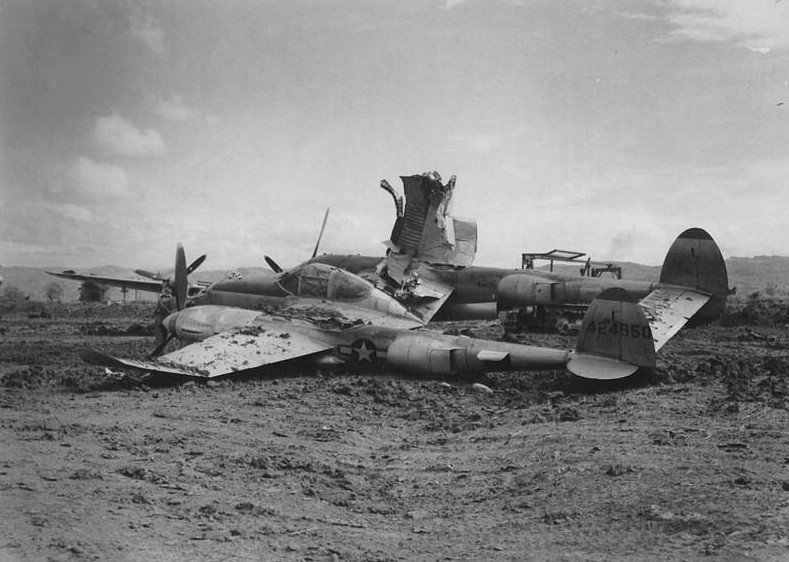
Shotdown P38 Nis


